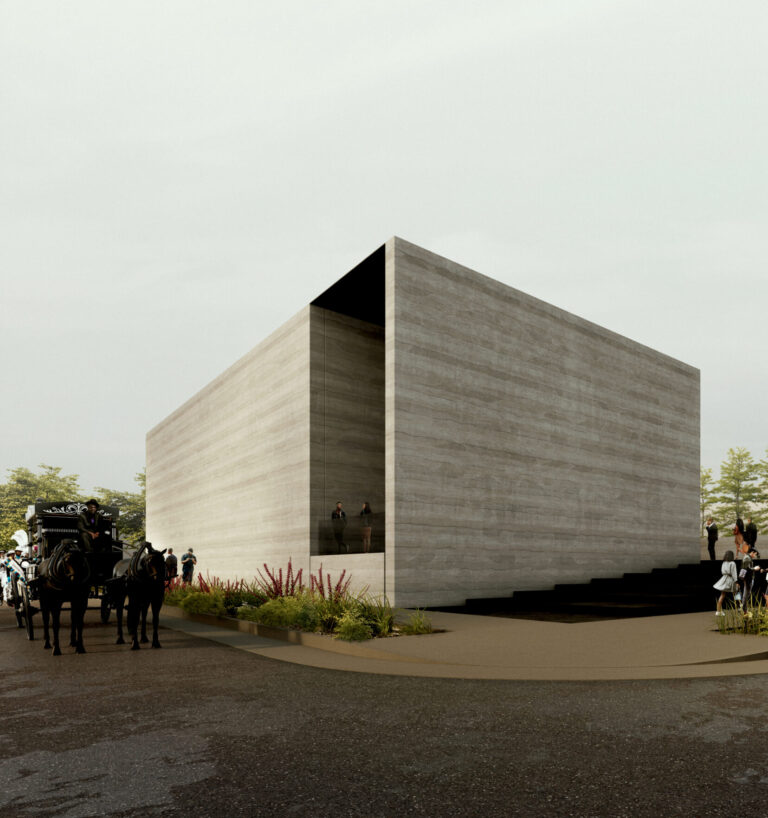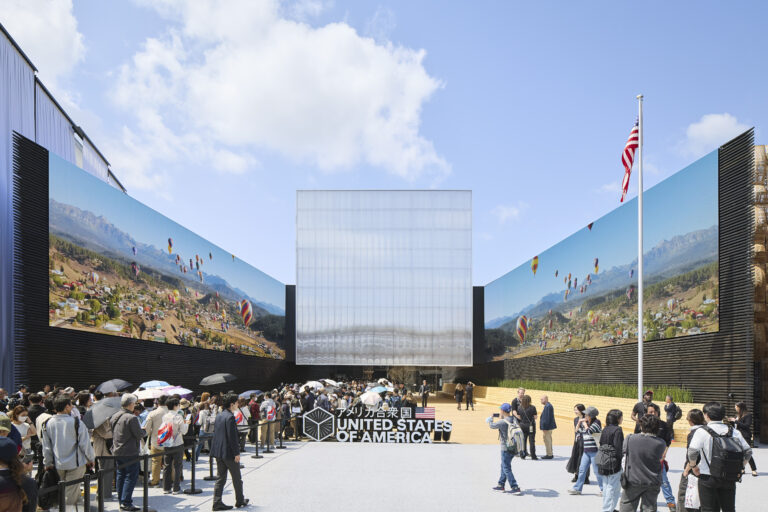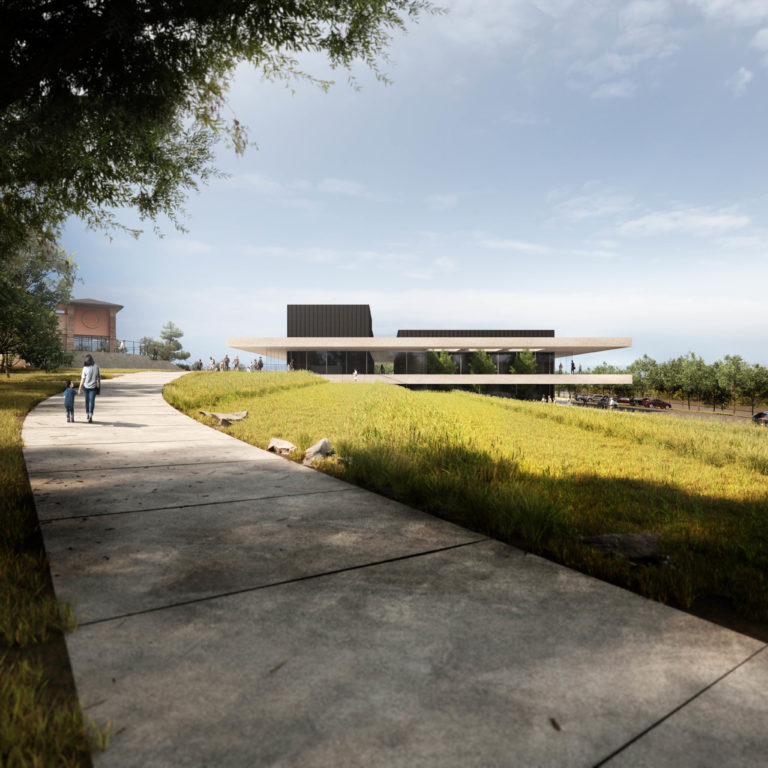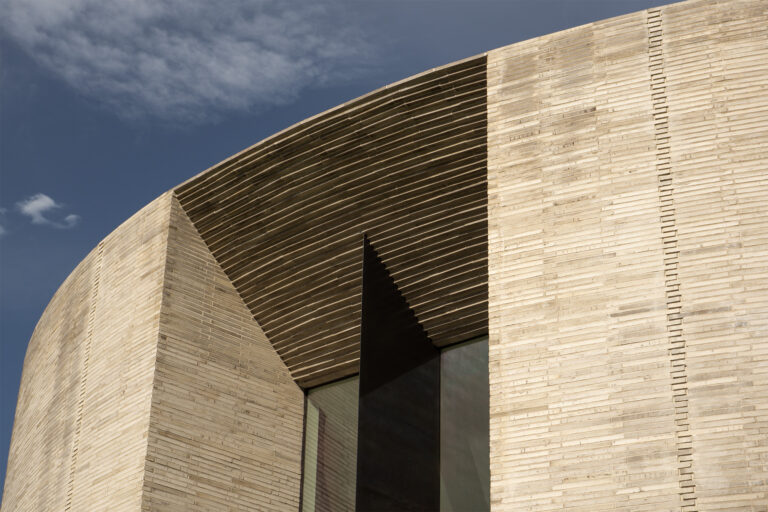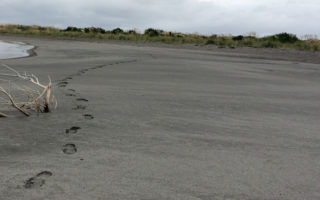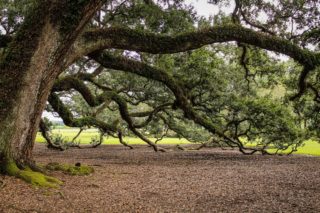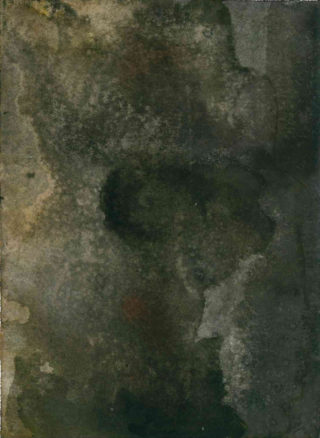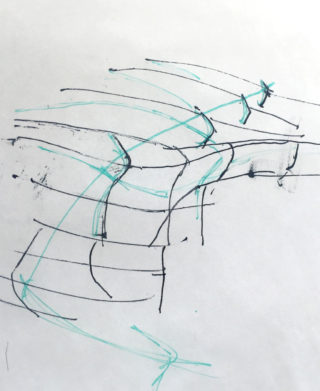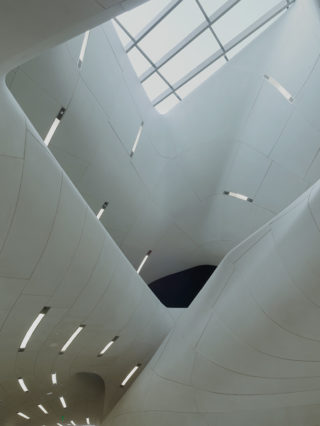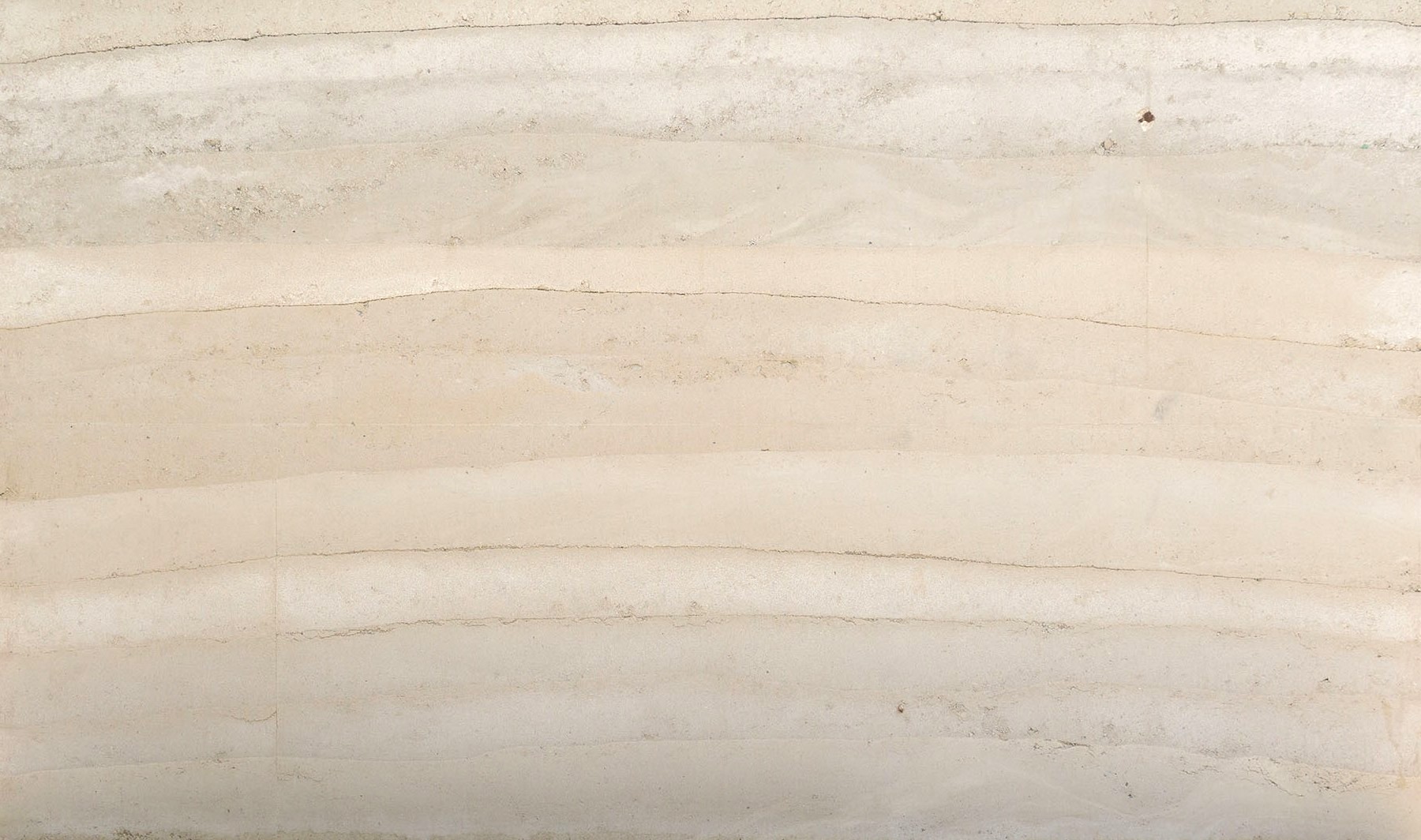
The Chapel of St. Ignatius and the Gayle and Tom Benson Jesuit Center at Loyola University aimed to be not only beautiful but sustainably built. Through our research we recognized that the building could be a model for future development, utilizing Cross Laminated Timber (CLT), the first such structure in the State of Louisiana.
Produced by SmartLam, who is the only CLT manufacturer using sustainably harvested Southern Yellow Pine in America, the material is sourced within 350 miles of the site.
- Open story
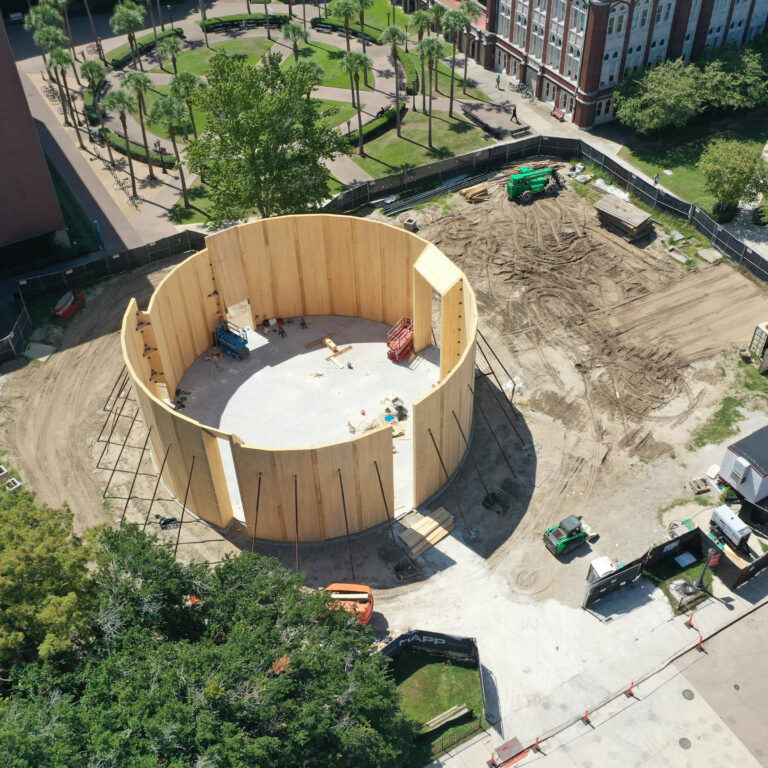

The Chapel of St. Ignatius and the Gayle and Tom Benson Jesuit Center at Loyola University aimed to be not only beautiful but sustainably built. Through our research we recognized that the building could be a model for future development, utilizing Cross Laminated Timber (CLT), the first such structure in the State of Louisiana.
Produced by SmartLam, who is the only CLT manufacturer using sustainably harvested Southern Yellow Pine in America, the material is sourced within 350 miles of the site.
- Open story
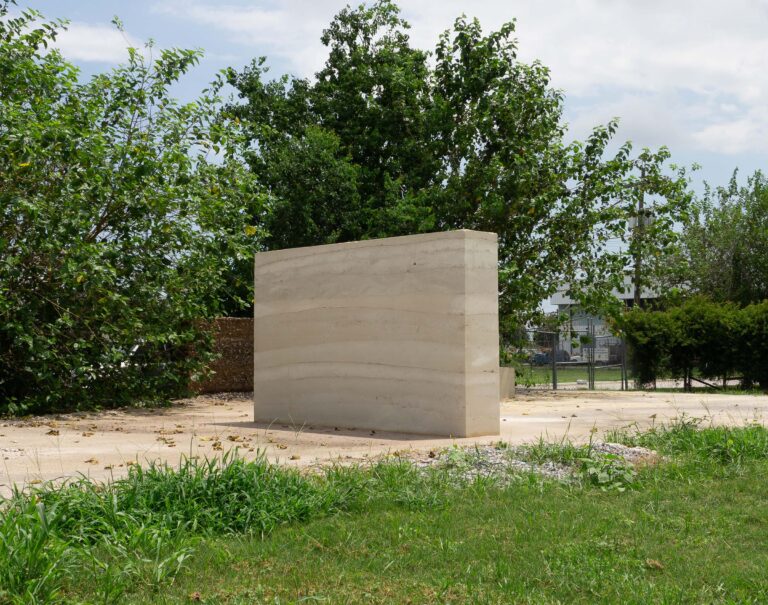
Rammed earth originated from practice in Africa and the West Indies where enslaved and free Africans used their traditional methods of earth walling and wattle and daub construction. These traditions transferred to America through the slave trade and immigration of freemen and can be found in many southern states including Louisiana.
The final results of a rammed earth construction technique are as strong as concrete but with 60% less emitted greenhouse gasses.
- Open story

Rammed earth originated from practice in Africa and the West Indies where enslaved and free Africans used their traditional methods of earth walling and wattle and daub construction. These traditions transferred to America through the slave trade and immigration of freemen and can be found in many southern states including Louisiana.
The final results of a rammed earth construction technique are as strong as concrete but with 60% less emitted greenhouse gasses.
- Open story
